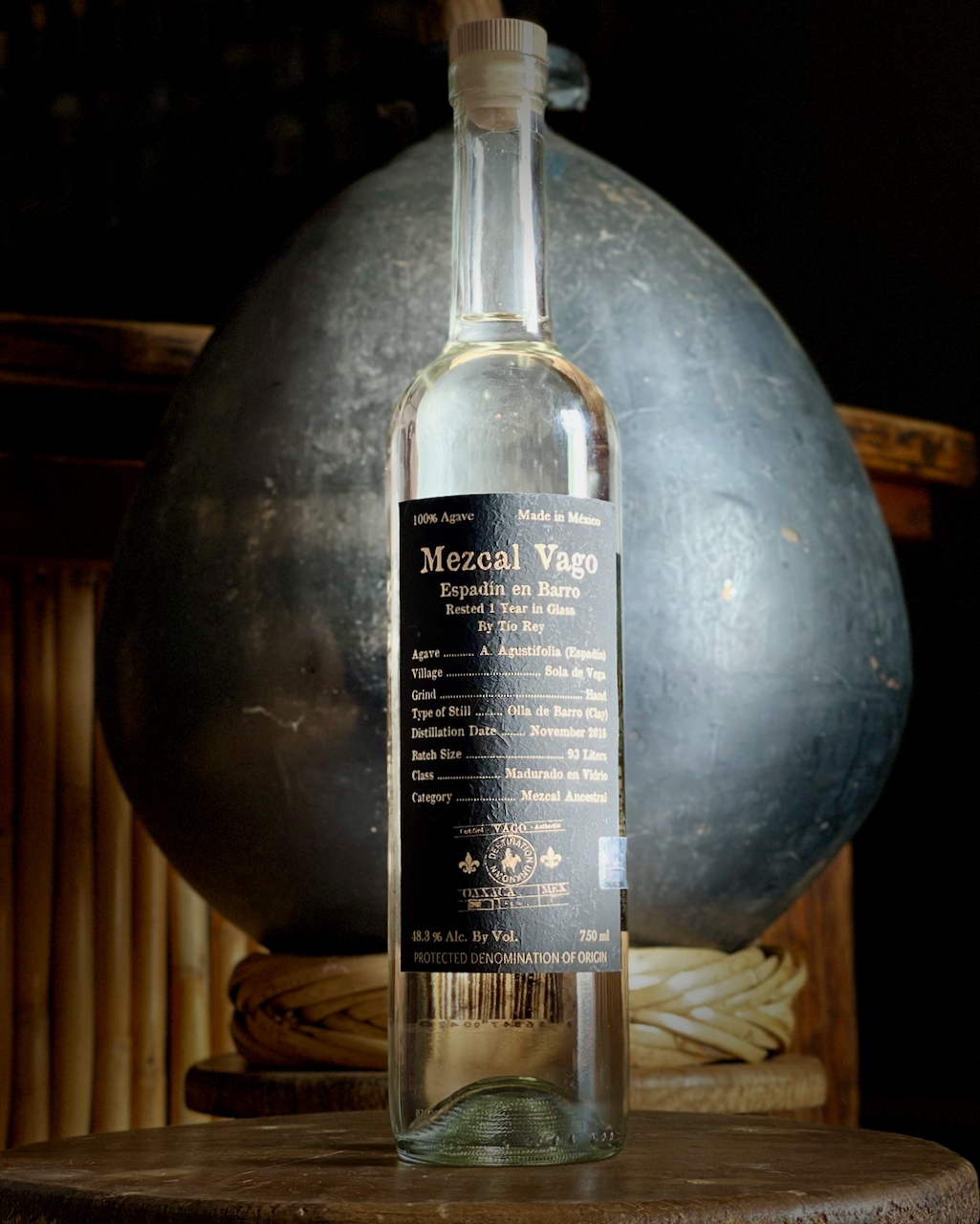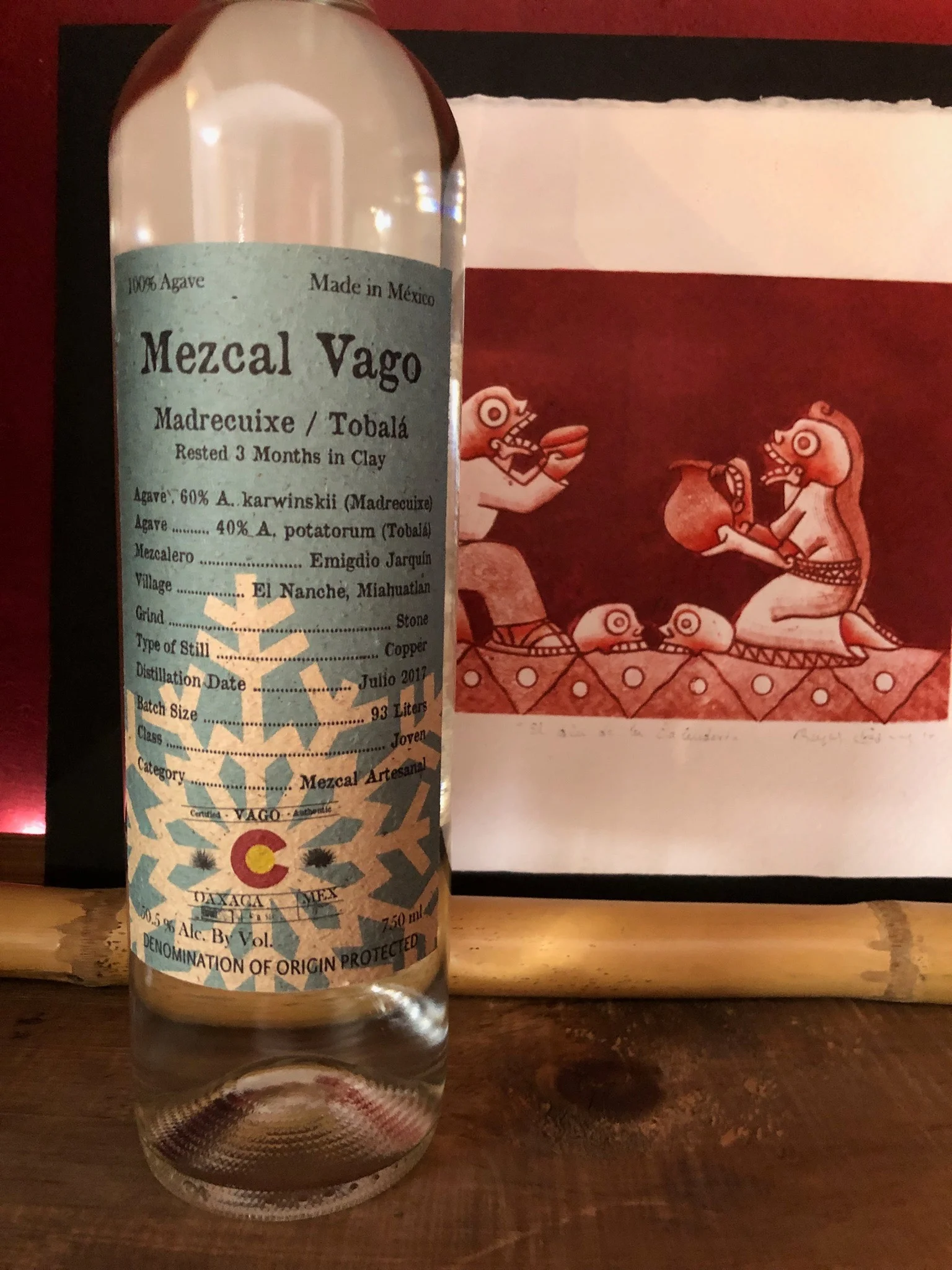NOM-070-SCFI-2016: There's Acid in My Mezcal???
Do you feel anything yet?
We here at Vago have always to go to the next level about not only mezcal culture but the science as well. Well, this time we decided to throw some more love to the real agave nerds out there! For the past couple of months, we have really wanted to spend some time talking about acids and how they affect your mezcal. As we mentioned in our last post, there have been several changes to the regulations that govern mezcal production and how it can be marketed. One of the most significant changes may very well be the removal of one chemical parameter that many of you mezcal enthusiasts may not have known existed: acid levels. Since the adoption of NOM-070-SCFI-1994 in 1994, there have been strict limits on the level of acids that can be present in your mezcal. These acids can vary from acetic acid, to lactic acid and malic acid. The news that acids are present in your mezcal may be alarming to some of you, but rest assured, they are a completely natural (and vital) part of the fermentation process. Acids are present in kombucha, wine, sake, beer, and any other fermented beverage. In fact, we often say that acids are one of the most underappreciated variables in distilled spirits. They have a dramatic influence on what your palate is going to detect in any bottle of distilled spirit that is sitting on your home shelf or backbar.
Since the regulations governing mezcal production were essentially copied and pasted from the tequila industry, the compounds that were measured and their limits remained the same during the time from the NOM’s implementation until their recent removal in April of this year. Now this may normally not seem like a terribly unreasonable idea, but as most consumers would agree, one of the growing complaints about the Tequila category is the homogenization of flavor profiles across brands; regardless of in which region the products are produced. One of the reasons for this is the strict regulations that have been put in place. Due to the fact that acid levels are so tightly restricted, one of the main variables providing nuance and diversity in flavor profiles was being virtually removed from the final product. Put simply, consumers are being deprived of richness and complexity of flavor.
You can see the differences between the previous and current NOM analyses in the chart below.
Another lens through which this topic must be viewed is that of the producer. Regionality and generational traditions in production mean that most producers are producing mezcal the way that their forefathers did: without any preoccupation with things like acid or methanol levels. If these things were moderated at all, it was as an indirect result of changes that were made according to how the mezcalero thought the mezcal should taste. For example, in certain regions, it is customary to allow roasted agave to sit for several weeks before crushing; this would allow bacteria and fungi to grow on the moist, warm surface of the agave. These microbiota are what produce acids in the final product. Fermentation times and techniques, distillation cuts, etc., would all affect the final levels of volatile compounds like acid, and as such, the flavor of the mezcal as it fell off the still. If a mezcalero learned to produce mezcal with a long fermentation time, this would produce more acids in his fermented tepache. These acids are volatile enough to boil away with the alcohol the distillation process, and as such would end up in the mezcalero’s final product. The same is true of distillation cuts; as time goes on, and the mezcalero goes further along into the distillation, more of these acids will continue to boil away into the mezcal.
Consider the graphs below. Graph A shows the behavior of acids in mead fermentation over time, under different yeast strains (a,b,c). Each data line represents a different level of dilution.
Taken from study by Carolina Acosta Romero, Universidad Nacional de Colombia. Full study
Since the implementation of the NOM model, producers have been forced to come into a new century: one with strict government regulation over what can be in their mezcal, ergo, how they produce their mezcal.
Thankfully, over the last couple of years, the Consejo Regulador de Mezcal has been revising the regulation process for mezcal. One of the changes adopted was the abandonment of the acid restrictions. Since high acid levels pose no major long-term health risks, the CRM no longer saw a reason to restrict them in mezcal. This means that batches that were unable to be sold commercially due to high acid levels could now be bottled and sold as certified mezcal. This means that there are old batches that can finally see the light of the open market; we at Mezcal Vago have been resting certain higher-acid batches in glass garrafón, waiting to bottle them until they were permissible under the new NOM. Additionally, mezcaleros that have used additives like ammonium sulfite to accelerate their fermentations in order to prevent high acid levels and pass certification, can now return to more historical practices, as there is no need to rush their fermentations. However, as additives do make for a more efficient process, a return to traditional methods may be an unrealistic hope. To be clear, no producers that Mezcal Vago works with use any additives to aid in any part of the process. These changes may also mean that the market will begin to have access to mezcals from colder climates, particularly in higher elevations where it has been difficult for producers to ferment quickly enough to produce a mezcal that was certifiable. Rather than alter their methods, these producers have chosen to produce and sell mezcal outside of the officially certified channels. Perhaps these producers will now be able to see greater access to market and, ideally, a greater financial windfall.
The upshot is that this ultimately means that we can expect the multitude of flavors in the mezcal world expand even further! We will now be able to see even more nuance and complexity along with finishes that last long after that last drop from the jícara has passed over our lips, and into our memory.










